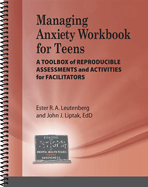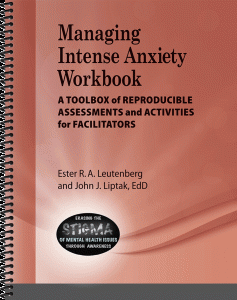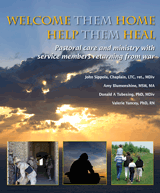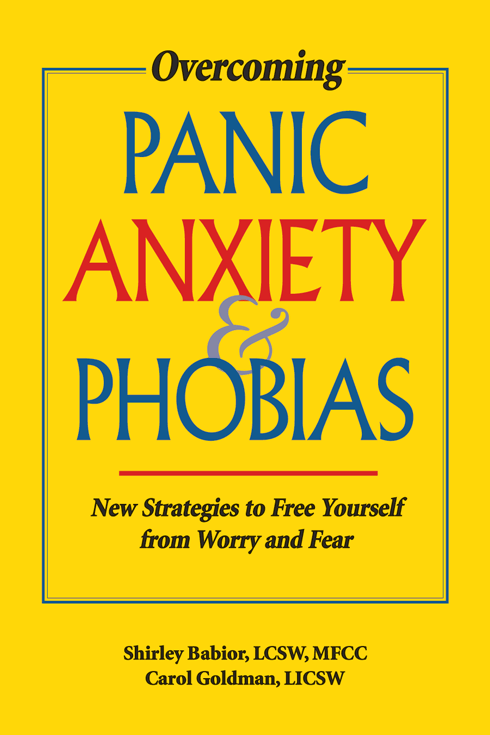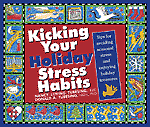Teenage Anxiety
Teens experience stress about a great number of situations and circumstances, and anxiety is a normal reaction to stress. For teens, circumstances such as speaking in public, moving to a new neighborhood, dating issues, taking tests, making good grades, and competing in athletic events may all cause stress. For some teens various circumstances or events can cause more than the usual amount of stress. This leads to anxiety. Anxiety has been defined as a state of intense apprehension, uncertainty, and fear resulting mainly from the anticipation of a threatening event or situation, often to a degree that disrupts normal, everyday physical and psychological functioning. Fear is an emotional response to a real or perceived threat.
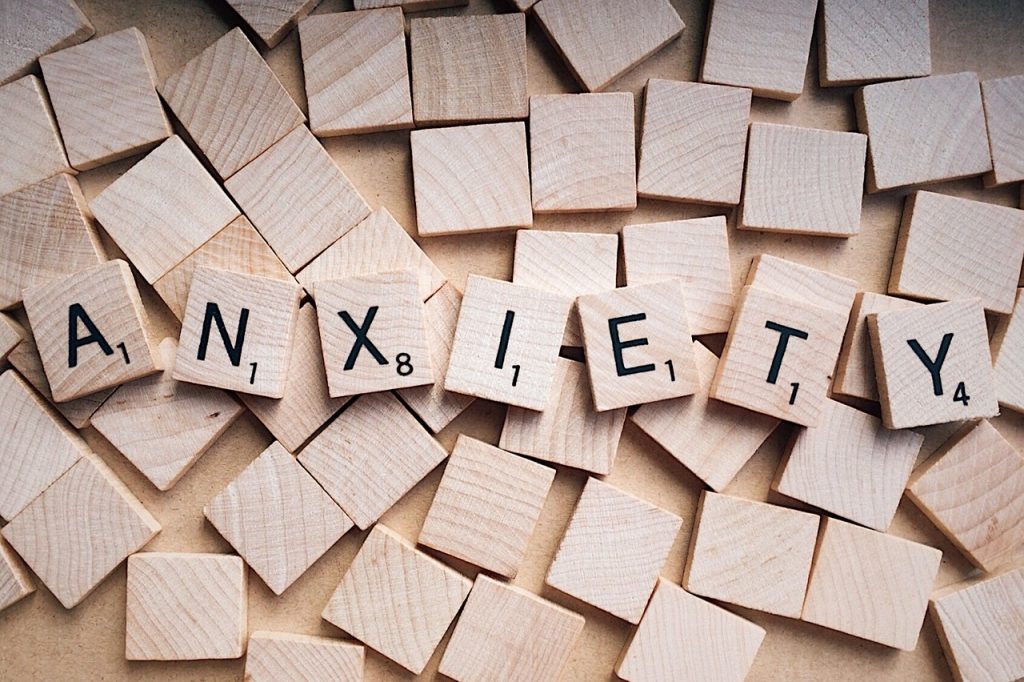 Anxiety is anticipation of a future threat. Anxiety is normal in the everyday life of everyone and can actually be a good thing. Anxiety motivates one to accomplish goals and warns a person of a dangerous situation. However, intense anxiety can involve debilitating symptoms and affect performance in school, athletics, and interpersonal interactions. Some teens persistently experience excessive amounts of worry and fear about everyday situations and this may lead to depression. Persistent anxiety and fear can interfere with daily activities. Often, these symptoms are difficult to control.
Anxiety is anticipation of a future threat. Anxiety is normal in the everyday life of everyone and can actually be a good thing. Anxiety motivates one to accomplish goals and warns a person of a dangerous situation. However, intense anxiety can involve debilitating symptoms and affect performance in school, athletics, and interpersonal interactions. Some teens persistently experience excessive amounts of worry and fear about everyday situations and this may lead to depression. Persistent anxiety and fear can interfere with daily activities. Often, these symptoms are difficult to control.
Anxiety affects one’s general well-being and manifests itself physiologically, behaviorally, and psychologically. The following are some of the affects of teenage anxiety:
- Apprehension
- Chills
- Cold or sweaty hands and/or feet
- Difficulty concentrating
- Dizziness
- Dry mouth
- Emotional tension
- Fear of anticipation of the worst outcome
- Feeling as if one’s mind has gone blank
- Feelings of powerlessness
- Feelings of extreme fear
- Heart palpitations
- Inability to act
- Inability to express oneself
- Inability to sit or stand still
- Inability to sleep and/or remain asleep
- Inexplicable feelings of dread
- Irritability
- Jittery feelings
- Muscle tension
- Nausea
- Over-alertness for signs of danger
- Panic attacks
- Mind racing
- Shortness of breath
- Tingling of hands and/or feet
“Normal” Anxiety vs. Intense Anxiety Disturbances
Anxiety manifests itself in the everyday life of most teens in many different ways. Some of the most common types of everyday, “normal” anxiety:
- Situational Anxiety – Feelings of apprehension and dread related to a specific situation such as taking a class in physics, moving to a new community, or trying out for the soccer team at school.
- Anticipatory Anxiety – Feelings of apprehension and dread when one confronts something that has been frightening in the past, or that has resulted in a negative experience such as speaking in front of classmates.
- Anxiety Disturbances – These can be distinguished from the everyday, “normal” anxiety because they are more intense (panic attacks), last longer (often months or years instead of going away after an anxiety-producing situation), and interfere with a person’s ability to function effectively in daily life (i.e., afraid to go to school, fear of getting bullied, etc.).
Different types of disturbances related to thinking and behavior are conveyed and expressed in different forms:
- Panic Disorder: Teens have feelings of extreme terror that strike suddenly and often without any warning. Teens with a panic disorder often experience sweating, chest pain, and/or heart palpitations. They feel as if they are out of control during one of their attacks of fear, and they attempt to avoid places where panic attacks have occurred in the past.
- Social Anxiety Disorder: Teens have feelings of overwhelming worry and experience extreme self-consciousness in everyday social situations. These worries include fear that others will judge them harshly, they will do something that may be embarrassing, and they fear being ridiculed by other teens. Teens with this disorder often are very anxious around other people and have a difficult time talking to others. They will stay away from places where there are other people and have a hard time making and keeping friends. This can lead to avoidance and selective mutism.
- Generalized Anxiety Disorder: Teens exhibit excessive, extreme, and/or unrealistic worry and tension, even if there is nothing (or very little) to be worried and/or tense about. Teens with this disorder may be worried about just getting through the day and doing everyday tasks. They often have trouble falling and staying asleep, relaxing, and concentrating in school.
- Specific Phobias: Teens experience intense, unwarranted fears about an object or a situation. The fear involved in a phobia is usually inappropriate for the phobia-producing object or situation and may cause people to avoid specific everyday activities in order to avoid the object or the situation. Some common phobias include snakes, speaking in public, clowns, fear of situations where escape from bad things is perceived as difficult. Phobias are intense fears resulting from real or imagined exposure to a wide range of situations.
- Post-Traumatic Stress Disorder (PTSD): Teens experience anxiety caused by exposure to traumatic events (i.e., child abuse, abandonment, accident, house fire, loss, victim of crime).
- Anxiety Disorder Due to Another Medical Condition: Teens experience anxiety attacks directly attributed to an existing medical condition (i.e., cancer diagnosis), and it often parallels the course of the illness.
- Obsessive-Compulsive Disorder: Teens have repetitive thoughts that will not dissipate (obsessions) and/or engage in ritual behaviors to dispel anxiety (compulsions)
Which Teens are at Risk?
Many risk factors or things that might make teens more vulnerable or sensitive to experiencing anxiety have been identified. Some of these risk factors include genetic factors such as living in a family with a history of mental health issues; personality factors such as high sensitivity or extreme introversion; environmental factors, such as experiencing ongoing stress or a single stressful event that occurs in the teen’s life; and medical factors such as ongoing physical illness.
When to Worry?
Symptoms related to intense anxiety can be very complex and difficult to cope with. The good news is that teens can develop the skills needed to manage the symptoms and progress forward to begin enjoying life more. Undergoing the stress that accompanies many of the mental health issues can be a very frightening way to live.
A teen experiencing anxiety and stress over time is at risk of developing a serious mental or physical illness and needs to seek a medical professional.
Suicide Warning!
People who experience intense anxiety may feel suicidal, harbor suicidal thoughts, and plan to die by suicide. Sometimes they think that the only way to escape the physical, psychological, and emotional pain is suicide. Remember to take any talk about suicide or suicidal acts very seriously.
Signs of Suicidal Thoughts
- Calling or visiting people to say goodbye
- Drastic changes: angry person becoming super happy, style of clothes, shaving head
- Dropping out of school
- Engaging in reckless actions
- Expressing feeling of being trapped with no way out
- Expressing severe hopelessness about the future
- Giving away possessions
- Increasing use of harmful substances
- Making a plan for dying by suicide
- Purchasing a weapon
- Talking about harming oneself or another person
- Withdrawing from family, friends, and activities of interest in the past
If participants have a serious mental illness, they need to be taken seriously and facilitators can take an active role in their finding help immediately. All disturbances related to intense anxiety need to be thoroughly evaluated by a medical professional and then treated with an appropriate combination of medication and group and/or individual therapy.
The material above was excerpted from Managing Anxiety for Teens by Ester R A Leutenberg and John J Liptak, EdD.

